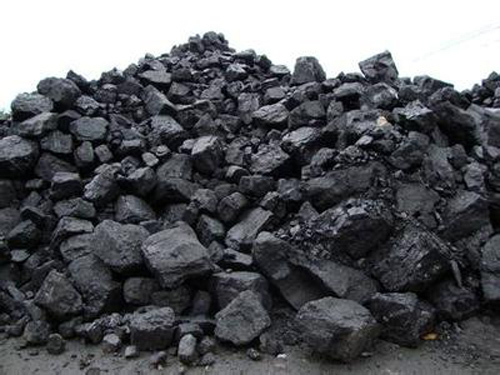
The decline in coal demand since 2014 is mainly caused by the following three factors, including both the trend of economic growth slowdown and energy structure adjustment, as well as non-trending natural factors such as more rainfall. In the short to medium term, the impact of trend factors on coal demand will continue, and coal demand will remain weak overall. However, due to uncertainties in the changes of non-trend factors such as rainfall, coal demand may appear in some regions during certain periods of time. Stage improvement.
First, the slowdown in economic growth is the root cause of restraining the continued growth of coal demand and leading to a decline in coal demand. Due to the slowdown in economic growth, the growth rate of production of major coal-fired products has slowed down significantly in the first three quarters. In the case of sharply slowing production growth of coal-fired power plants, pig iron, cement, and other major coal-consuming products, considering that outdated production capacity is continuously being eliminated and the overall energy efficiency of the industry is continuously improving, the overall coal demand in these major coal-consuming industries is basically reduced. inevitable.
Secondly, the continuous adjustment of the energy structure is also an important reason for restraining the growth of coal demand and leading to a decline in coal demand. In recent years, energy production and consumption** have been steadily advancing, and energy supply has obviously accelerated. According to the National Energy Administration, at the end of September, the installed capacity of power plants with 6000 kilowatts and above totaled 1.266 billion kilowatts, a year-on-year increase of 8.7%, of which thermal power installed capacity increased by only 5.3% year-on-year, and hydropower, wind power and nuclear power increased by 11.7% and 21.9 respectively. % and 21.7%. Due to the slow growth, the proportion of thermal power installed capacity in total installed capacity decreased from 72.3% at the end of September last year to 70.1%, and the proportion of other types of power installed capacity increased to varying degrees. The decrease in the growth of thermal power installations and the decrease in the proportion of power generation are also reflected. From January to September this year, the amount of hydropower generation and other power generation (including wind power, nuclear power, photovoltaic, etc.) increased by 20.8% and 5.6% respectively year-on-year, respectively. The total growth rate of electricity generation was 16.8% and 1.6 percentage points, while thermal power generation output only increased by 0.7%, which was lower than the growth rate of total electricity generation by 3.3 percentage points.
Finally, the natural factor is also the reason that inhibiting the growth of coal demand and leading to a decline in coal demand can not be ignored. From January to September this year, the hydropower generation increased by 20.8% year-on-year, of which the year-on-year increase of 7, 8, and September reached 29%, 37.2% and 42.7%, respectively. The significant increase in hydropower output, in addition to the continued rapid growth of hydropower installed capacity, is also one of the important reasons why this year's hydropower installations are mainly distributed with abundant rainfall.
Data from the China Meteorological Administration showed that the national average precipitation in July was 4.6% less than the average in the same period of the year, but precipitation in some parts of Guizhou and Yunnan with more hydropower installed capacity was 20% to 1 times more. In August, the average precipitation in the country was slightly less than in the same period of the year. However, the rainfall in the northern and eastern parts of the southwestern region where the hydropower is more distributed, most of the south of the Yangtze River, and the northern part of the South China Sea was 2-5 percent more than normal. In September (September 1st - 28th), the precipitation in the country was 24.5% more than in the same period of the normal year. The rainfall in the eastern part of the southwestern region where the hydropower is more distributed, and the southwestern part of South China was more than 20% to 1 times. Because of more rainfall, the utilization rate of hydropower units has also been significantly improved. From July to September, the average utilization of hydropower equipment in the country was 1,293 hours, an increase of 185 hours over the same period of last year, an increase of 16.7%. Based on this calculation, more rainfall will drive the increase of hydropower output from July to September by nearly 50 billion kwh. Calculated on the average calorific value of 4,500 kcal coal for power generation, the demand for coal for power generation decreased by more than 23 million tons compared to the same period last year.
â— Industrial-grade nail gun, enhanced impact force, nailing fast strong.
â— Easy Insurance cage design, to use safe, secure.
â— Easy Latch virtually eliminates downtime caused by fastener jams.
â— Easy-molded rubber handle and ergonomic gun body design operation.
◠Heavy-Duty Steel Cap ,360° exhaust cover and exhaust air away from users.
Medium Wire Staplers,Staple Free Stapler,Red Stapler,Duo Fast Staples
DAHOO Tools Co., Ltd. , http://www.dahootools.com